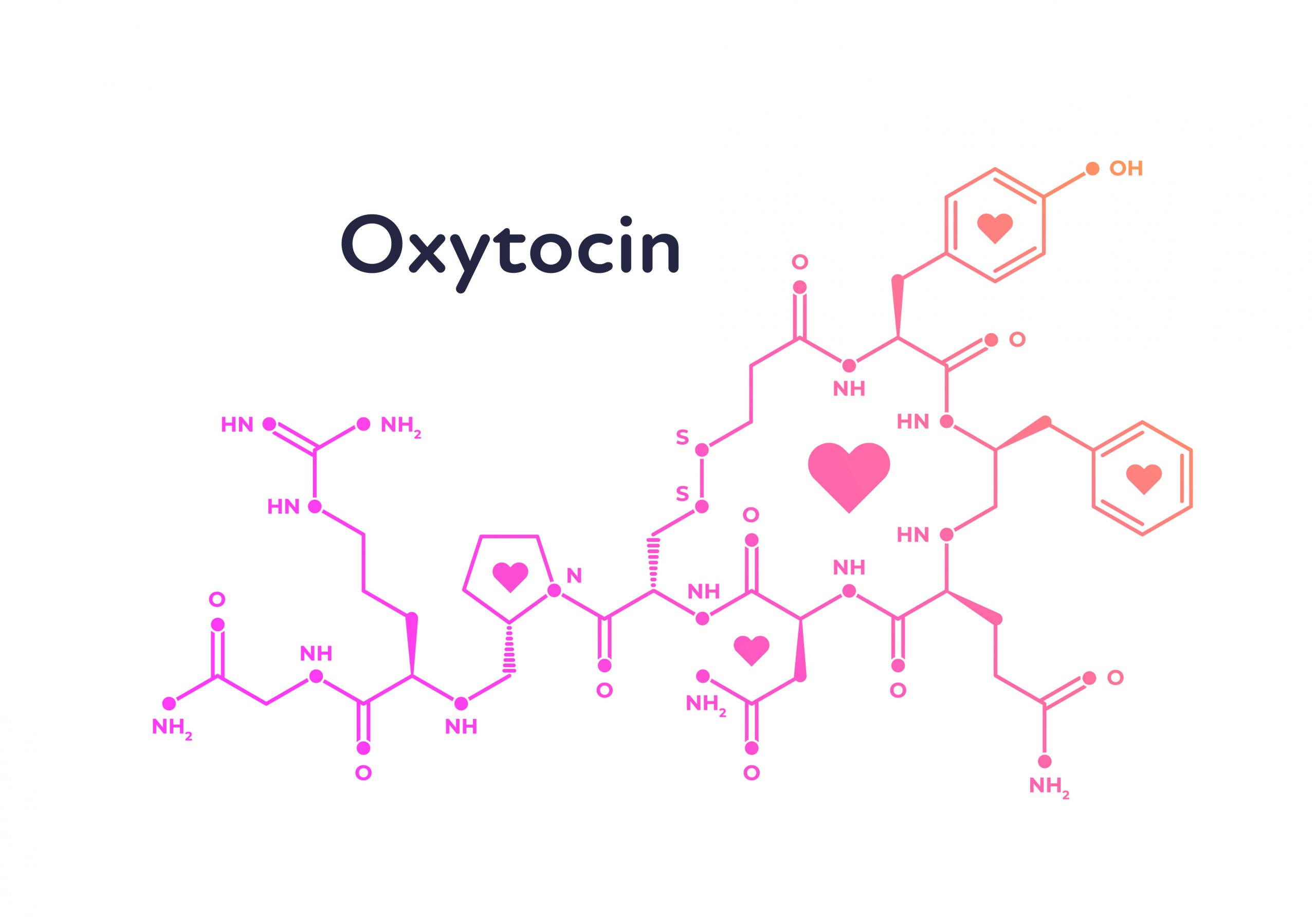Exploring the Power of Connection in Mental Health
The Role of Oxytocin, Connection, and Secure Attachment in Mental Health
Discover how oxytocin and emotional bonds influence mental well-being and foster resilience.

For decades, psychologists and psychiatrists have studied the intricate relationship between human connection, attachment, and mental health. The work of pioneers such as Carl Jung, John Bowlby, and Stanislav Grof has illuminated the deep psychological consequences of lacking emotional bonds. More recently, neuroscientific research has identified oxytocin—a neuropeptide often referred to as the “love hormone”—as a critical factor in emotional regulation, social bonding, and overall well-being. A deficiency in oxytocin, combined with a lack of close relationships and a grounded familial base, has been directly linked to anxiety, panic attacks, and depression. Additionally, inconsistent levels of oxytocin and connection—when one receives an abundance of emotional support one day and none the next—can cause extreme fluctuations in emotional states, further exacerbating anxiety and panic attacks. This article explores these connections through the lens of both psychology and neurobiology.
Oxytocin and Emotional Regulation
Oxytocin is produced in the hypothalamus and released into the bloodstream via the pituitary gland. It plays a vital role in social bonding, stress regulation, and the formation of secure attachments. Research has shown that higher levels of oxytocin correlate with increased feelings of trust, emotional stability, and a sense of safety in interpersonal relationships. Conversely, a deficiency in oxytocin has been linked to heightened stress responses, social withdrawal, and an increased risk of anxiety and depression (Meyer-Lindenberg et al., 2011).
Studies in psychiatry and neuroscience have demonstrated that individuals with insecure attachment styles—often stemming from childhood neglect or lack of a stable familial environment—tend to have lower baseline levels of oxytocin. These individuals are more prone to developing hypervigilant stress responses, difficulty in forming close connections, and increased susceptibility to panic disorders (McQuaid et al., 2014).

The Importance of Secure Attachment and a Grounded Base
Attachment theory, first introduced by John Bowlby, underscores the significance of early-life bonds with caregivers. When an infant receives consistent emotional and physical support, they develop a “secure base,” which fosters resilience and emotional regulation throughout life. In contrast, individuals who experience neglect, abandonment, or inconsistent caregiving are more likely to develop anxious or avoidant attachment styles, both of which have been strongly correlated with anxiety and depression (Ainsworth et al., 1978).
Carl Jung, a pioneer in depth psychology, posited that human beings seek wholeness through deep relationships and a sense of belonging. When these are absent, individuals may experience fragmentation of the self, leading to existential anxiety and depressive states. Jungian analysis often highlights the role of unhealed childhood wounds in adult psychopathology, emphasizing that unresolved trauma related to connection and belonging manifests as chronic distress.

The Link Between Social Isolation and Mental Health Disorders
Modern psychiatric research has reinforced Jung’s ideas by showing that social isolation and loneliness are significant predictors of mental health disorders. A landmark study by Cacioppo et al. (2006) found that loneliness not only contributes to depressive symptoms but also activates stress-related neural circuits, leading to chronic physiological stress responses. The absence of a stable support system, whether in the form of family, community, or intimate relationships, can exacerbate feelings of disconnection, leading to heightened anxiety and increased risk of panic attacks.
Stanislav Grof’s work in transpersonal psychology further supports the notion that deep emotional wounds—often originating from a lack of secure familial connection—can manifest in severe anxiety and depression. Grof’s exploration of perinatal and early childhood trauma highlights how unresolved emotional distress from formative years continues to shape adult mental health.
Neuroscience and the Fear Response: How a Lack of Connection Triggers Panic and Anxiety
The amygdala, a key brain structure involved in fear processing, is hyperactive in individuals suffering from chronic anxiety and panic disorders. Research indicates that oxytocin plays a role in dampening amygdala hyperactivity, thereby reducing fear-based responses (Kirsch et al., 2005). When oxytocin levels are low due to insufficient social bonding or childhood attachment trauma, the amygdala remains overactive, leading to persistent anxiety and an exaggerated stress response.
Additionally, the hypothalamic-pituitary-adrenal (HPA) axis, which governs the body’s stress response, is heavily influenced by early life experiences. Those who experience neglect, emotional deprivation, or lack of familial stability often exhibit dysregulated HPA activity, making them more susceptible to chronic anxiety and depressive disorders (Heim & Nemeroff, 2001).

Healing Through Connection: Strategies to Counteract Oxytocin Deficiency


Attachment-Based Therapy
Focuses on healing early attachment wounds by fostering secure relational bonds in adulthood.
Somatic and Breathwork Practices
Techniques like conscious breathwork and body-centered therapies help regulate the nervous system and facilitate emotional release
Social Support Networks
Actively building a community of trusted relationships, whether through friends, support groups, or chosen family, helps create a sense of belonging and safety.
Mindfulness and Meditation
These practices reduce stress and increase self-awareness, counteracting hyperactive fear responses.
Oxytocin-Boosting Activities
Physical touch, deep conversations, and even spending time with animals can naturally enhance oxytocin production.
Consistent Emotional Support
Ensuring regular, stable emotional interactions rather than sporadic bursts of connection can help regulate emotional stability and prevent panic attacks
Conclusion
The research on oxytocin, attachment, and mental health underscores a fundamental truth: humans thrive on connection. Deficiencies or inconsistencies in emotional support can have profound consequences, leading to anxiety, panic attacks, and depression. Addressing these issues requires a holistic approach that integrates psychological healing, neurobiological regulation, and social connection. By fostering stable, secure relationships and engaging in practices that enhance oxytocin levels, individuals can cultivate emotional resilience and experience a deeper sense of well-being. The path to healing lies in understanding that love, trust, and connection are not just emotional luxuries—they are essential components of mental health.
Stay Informed with Our Updates
Join our community to receive exclusive insights and updates on the latest research in mental health and emotional well-being. Subscribe now to stay connected!



